Emergency Preparedness
Learn how to effectively prepare for emergencies, covering assessments, family plans, and essential kits to ensure resilience in any disaster.
In a world filled with unpredictability, having the skills and resources to navigate emergencies is crucial. The concept of emergency preparedness often conjures images of doomsday bunkers or extreme survivalists. However, it’s a practical approach that applies to everyone, all the time. Let’s explore how you can be ready for emergencies, with insights and anecdotes to guide you.
Understanding Emergency Preparedness
Emergency preparedness is about being equipped for situations that can disrupt our daily lives. Whether it’s a natural disaster, a power outage, or an unexpected health crisis, being ready is vital. Preparedness is not just the product of fear; it’s a proactive stance, aiming to mitigate the effects of such events.
Building a Strong Foundation
Step 1: Assess the Risks
Understanding the specific risks in your area forms the cornerstone of preparedness. Are you prone to hurricanes, earthquakes, or wildfires? Knowing what threats you’re likely to face helps prioritize your planning efforts.
- Local Research: Use resources like Ready.gov or local government websites to assess regional vulnerabilities.
- Community Meetings: Attend local meetings or read reports to learn about area-specific risks.
Step 2: Create a Family Plan
A straightforward emergency plan can save time and reduce anxiety.
- Communication Strategy: Decide how family members will contact one another and where to meet if separated.
- Role Assignment: Allocate responsibilities, such as who grabs the emergency kit and who makes the calls, to ensure every base is covered.
Heartfelt communication, practiced drills, and clarity will make executing these plans more manageable during actual emergencies.
Step 3: Assemble an Emergency Kit
An emergency kit comprises essential items that you might need in the aftermath of a disaster.
- Basic Supplies: Water, non-perishable food, flashlights, batteries, a manual can opener, and a first-aid kit should be the core.
- Personal Documents: Include copies of identification, medical records, and any other critical documents.
- Comfort Items: Familiar items can significantly ease stress during a crisis, especially for children.
Kits should be checked every six months to ensure nothing has expired and everything remains in good condition.
Staying Informed
Knowledge can be empowering during emergencies.
- Alert Systems: Sign up for alert notifications from local and national services.
- Weather Apps: Utilize apps that provide real-time weather updates and warnings.
Practice and Review
Regular practice can make an enormous difference in how effectively you respond in an actual emergency.
- Conduct Drills: Schedule family drills to keep plans fresh in everyone’s mind. Adjust as necessary to cover any gaps.
- Continuous Learning: Basic first aid, CPR, and fire-safety education are invaluable skills.
The Emotional Aspect
Being prepared doesn’t only mean stockpiling supplies. The emotional and psychological stress of a disaster can be significant.
- Mindfulness Techniques: Simple breathing exercises and mindfulness can help maintain calm and focus.
- Community Support: Establish a network with neighbors and local community groups for moral support and resource sharing.
Real-Life Reflections
Consider the story of a small community in the flood-prone areas of the Midwest. They have regular flood drills, and neighbors check on one another. This preparedness has not only saved property but lives, proving the profound impact of being equipped and informed.
Conclusion
Emergency preparedness is a journey, not a destination. It encompasses awareness, planning, and practice, coupled with the ability to adapt to changing circumstances. While there is no guarantee of safety, being prepared increases resilience and can make a real difference when the unexpected occurs.
Investing time in preparedness is investing in longevity and security, subtly weaving reliability into the fabric of everyday life. Living ready is not about fear but about establishing an informed, responsive way of living.
For further reading, the American Red Cross, Ready.gov, and books like “The Unthinkable: Who Survives When Disaster Strikes” by Amanda Ripley offer additional insights and resources.
Stay informed, stay practiced, and most importantly, stay compassionate.

Learn essential home preparedness strategies to ensure safety and security during emergencies.
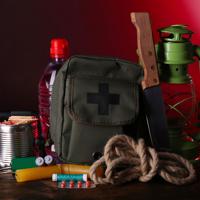
Prepare for emergencies and protect your family with comprehensive disaster planning.
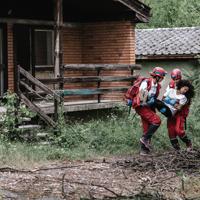
This page explores vital survival skills, emphasizing the importance of mental preparedness, shelter construction, and effective water purification methods.
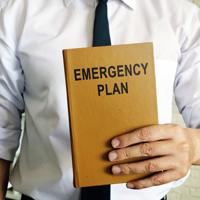
Learn how to prepare for emergencies with effective communication strategies that can help you stay connected and informed.
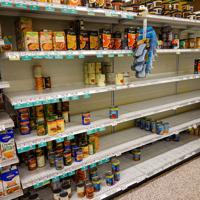
Learn practical strategies for surviving disasters in urban environments, from building an emergency kit to forming community networks.

Learn how to create an effective family emergency plan that prepares your household for various unexpected situations.
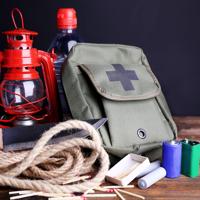
Learn critical first aid and medical skills to enhance your survival capabilities in emergencies and outdoor adventures.
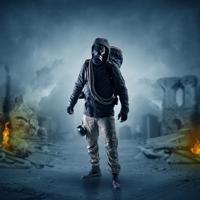
This page provides practical tips and strategies to navigate city disasters effectively, ensuring personal safety and community resilience.